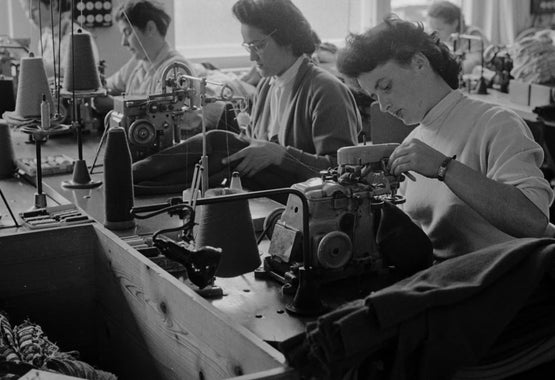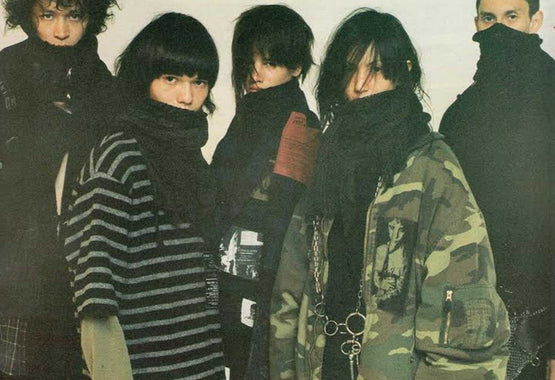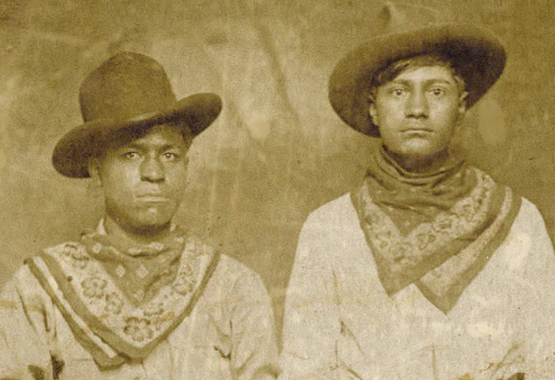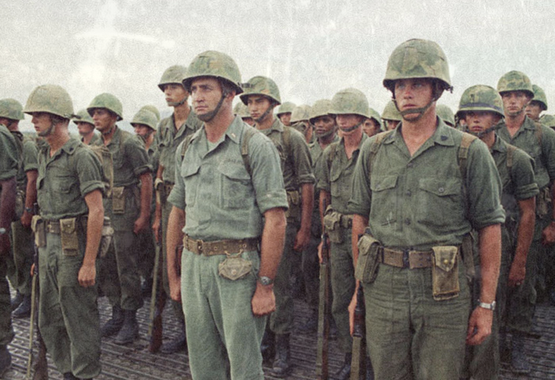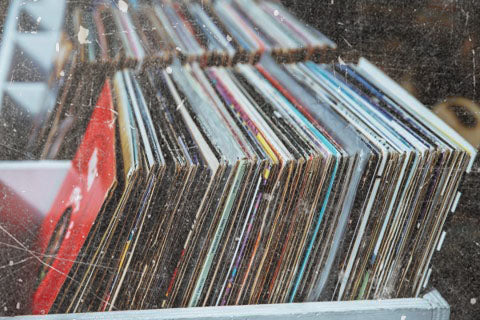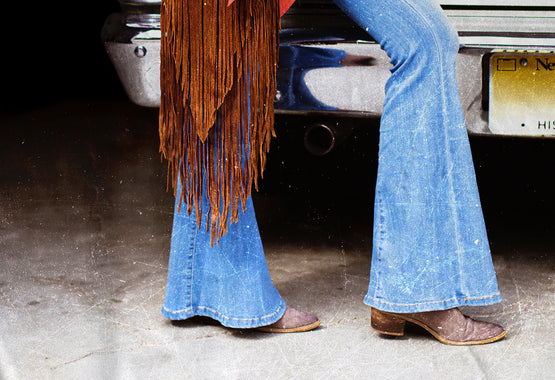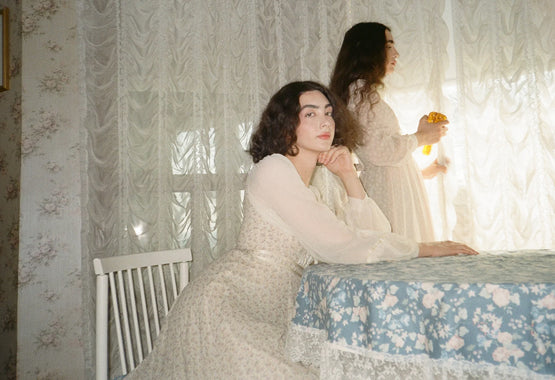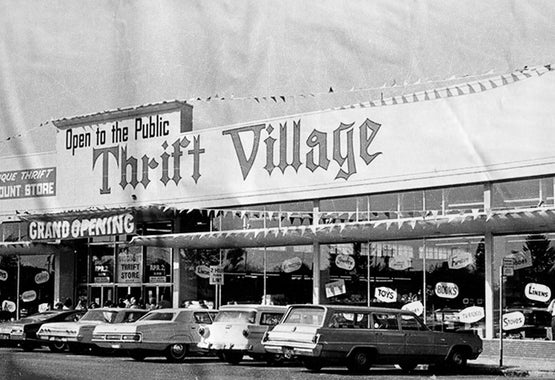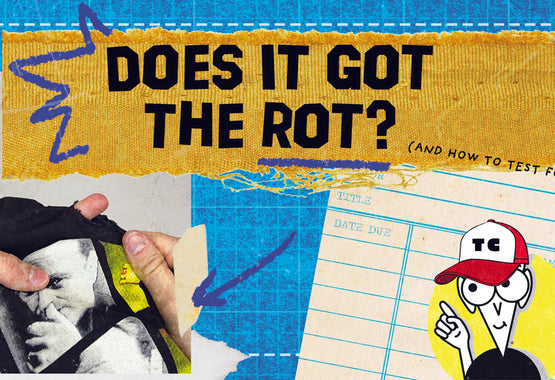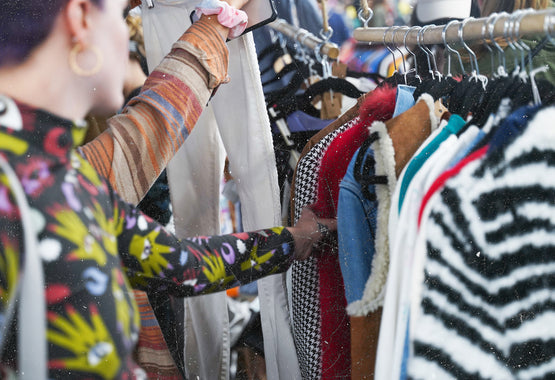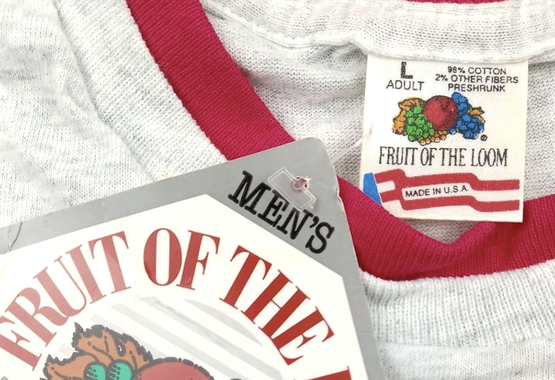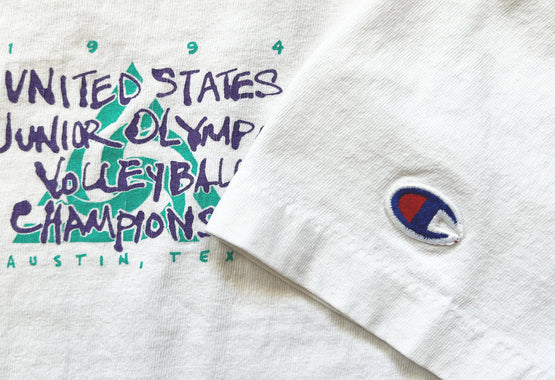Cottagecore Has Put Vintage Gunne Sax Dresses At The Forefront of Fashion
written by Corvus Snarr // cover photo Nouveau Riche Vintage
To those who know the ways of thrift, Gunne Sax is most likely a household name. Some sellers dedicate their entire livelihoods picking these specific pieces, and finding one in a donation bin is nigh impossible these days because of it. But why? What about these dresses has gained so much notoriety? How have they remained in popular culture for so long, and what makes a Gunne Sax dress quintessentially Gunne Sax?
Let’s start at the beginning. The first Gunne Sax dresses were made in 1967 by two very dedicated women. The first was Elle Bailey, who worked in California at the time. She graduated from the Vogue School of Design in Chicago some years before and loved to help novice dressmakers on their path. The second, Carol Miller, was at the time a student of design at Chabot College. These two women crossed paths by accident after being invited to the career fair at their local high school. One day over lunch together between the two of them, the idea for Gunne Sax was born.
It started out of Bailey’s household, with Elle and Carol working late nights to get orders finished. One of Elle’s sons recalls the name coming from the phrase “sexy gunny sacks” according to past interviews with him. These dresses took inspiration from all sorts of different fashion eras, from the Victorian to the Baroque. Lace trims, flowery patterns and flowy skirts were the name of the game, and Elle and Carol were star players.
The business really took off in 1969 when a major label offered to buy the brand from them. Famed designer Jessica McClintock saw an opportunity and she wasn’t about to miss it. Moving the brand forward, she kept a lot of the same inspirations as Ella and Carol did — adding in corsetry and renaissance flairs.

When McClintock retired the Gunne Sax label in 2013, it had somewhat fallen off the radar. But four decades of superb designs and construction speak for itself. Even now, dresses with the famous “black label” (signifying it was made in 1969) can be found in great condition and are highly sought after. Another famous tag — the “hearts label” — is also highly sought after. Finding a dress with either one of these tags, even in less-than mint condition, can go for a lot of money, upwards of $200-300. (One has even gone for over $1,200.)

Gunne Sax dresses have changed a lot over the decades. A ‘70s Gunne Sax is different from an ‘80s one, and the ‘80s dresses are different from the ‘90s. Looking at dresses from each era side to side, we can see how these dresses set trends and followed the designs of the time.
The ‘70s era dress is probably what most people think of when they hear the name. These dresses are usually floor length, though some hit mid-calf, and are made from beautiful, brightly colored fabrics. Many are calico, and there is hardly a solid color to be seen aside from a white or cream. Many of these dresses can easily fit in either at a renaissance fair or a Victorian wedding. These dresses have miles of lace trim and one of the first things that come up when image searching for “cottagecore." Cut into the ever-timeless a-line shape, the ‘70s dresses stayed in style throughout the ‘80s and ‘90s, and they especially fit in with the fashion of today — as long as the wearer doesn’t mind looking like they walk the Oregon Trail in their free time.

When the ‘80s hit, the fashion took a swerve. Retro-futurism was popular, though at the time it was probably just called futurism. Big sleeves, big hair, and big skirts were all the rage. Many Gunne Sax dresses shifted to more taffetas, satins, and became a little more structured than the prairie-like dresses of the ‘70s. More solid colors were being introduced, and the cut of the bodice was less corseted, but more boned. Many had a princess cut, where the bottom of the bodice curved down to a point in the middle before flowing into the skirt. Lace trim was still used, however, it was used more sparingly. Or, lace fabric was used as an outer fabric layer on top of a solid color, usually a pastel. The ‘80s gowns are reminiscent now of Disney princesses, and any young girl going to prom in the ‘80s was sure to feel like one in a Gunne Sax dress
The ‘90s toned things down a bit. Big sleeves were still very much a thing, but they became less poofy and overstated. High necklines became more popular, as well as more form-fitting options. The skirts even hit above the knee in some cases, as shorter formal dresses were more desired. Solid colors were still being used, and a few form-fitting options had emerged as well. Trim was used even less than in the ‘80s, reserved really only for necklines and hems.
The Gunne Sax label gained such a cult following because it offered a different aesthetic than the contemporary labels at the time. Jessica McClintock made sure that the Gunne Sax label was a trend setter, not a trend follower. Every piece is unique, and they have stood the test of time. At the height of their popularity in the ‘70s and ‘80s, they were a less expensive option for young women to feel beautiful, and that’s what helps bring their notoriety into today.
Most Gunne Sax dresses nowadays range anywhere from $50-500. Separate pieces, like skirts and blouses, are usually less expensive, and it’s a great way to get a Gunne Sax ensemble if you can’t afford a dress. This label continues to capture the imagination and make heads turn.

